 Last additions - Taito-ku 台東区 Last additions - Taito-ku 台東区 |

Jul 01, 2019
|
|

Jul 01, 2019
|
|

The last race is the main attraction when the "Eight" is held with eight collegiate rowers on each boat racing on the river upstream for 3,750 meters. Waseda is the yellow boat, and Keio is dark blue.
Jul 01, 2019
|
|

Jul 01, 2019
|
|
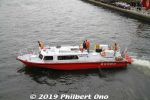
Jul 01, 2019
|
|
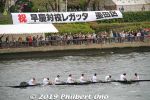
Waseda and Keio are also fierce rivals in other sports like baseball, soccer, and rugbJul 01, 2019
|
|
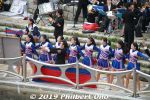
Keio's cheerleaders. Jul 01, 2019
|
|
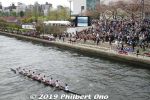
Jul 01, 2019
|
|
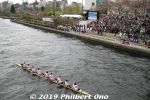
The winning crew acknowledge cheers from the crowd.Jul 01, 2019
|
|
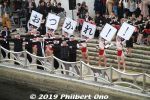
Waseda cheerleaders saying "Otsukare!" (Good job!)Jul 01, 2019
|
|
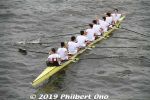
Waseda's cox (who controls the rudder) raising his arms in victory. They were crying, knowing how much pride and honor they have bestowed to their school.Jul 01, 2019
|
|
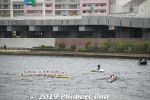
After 12 min. 49.64 sec., Waseda squeaked by Keio to win. Here they are after winning. Jul 01, 2019
|
|
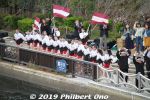
The cheering section had a large video monitor showing the status of the two boats with 8 crew each. People here were cheering loudly non-stop during the entire race.Jul 01, 2019
|
|
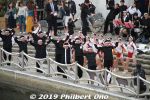
For last and main race of the day, Waseda and Keio's best collegiate rowers raced 3,750 meters upstream on Sumida River. Both cheering sections got very loud. (This is Waseda which also has male cheerleaders.)
Jul 01, 2019
|
|
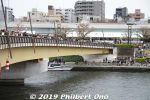
The finish line was at Sakura Bridge near Asakusa. Elderly alumni spectators on Sakura Bridge sang the school song spontaneously. Jul 01, 2019
|
|
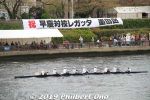
Jul 01, 2019
|
|
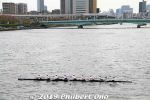
Jul 01, 2019
|
|
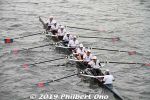
Jul 01, 2019
|
|
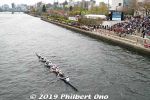
Jul 01, 2019
|
|
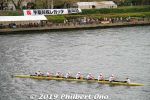
Jul 01, 2019
|
|
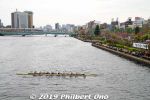
Jul 01, 2019
|
|
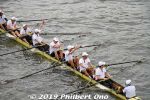
Jul 01, 2019
|
|
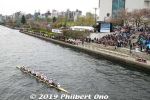
Jul 01, 2019
|
|
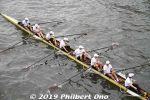
Jul 01, 2019
|
|
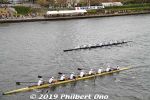
In Japan, rowing is still a niche sport and not a popular spectator sport. It doesn't get much national press coverage. These are alumni rowers.Jul 01, 2019
|
|
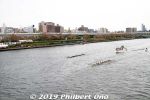
Jul 01, 2019
|
|
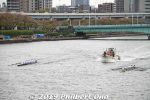
Jul 01, 2019
|
|
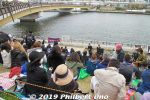
Jul 01, 2019
|
|
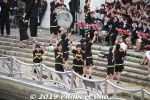
Jul 01, 2019
|
|
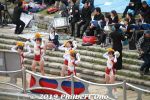
Jul 01, 2019
|
|
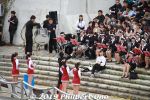
Jul 01, 2019
|
|
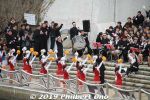
Jul 01, 2019
|
|
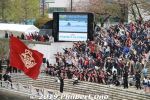
Jul 01, 2019
|
|
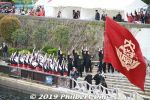
Waseda's cheer squad performed in front of Keio, and vice versa. Jul 01, 2019
|
|

Next to Sakura Bridge was the main cheering section for both Waseda (left) and Keio on the right. Surprised to see them sitting together, but it later made sense.Jul 01, 2019
|
|
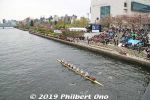
Jul 01, 2019
|
|
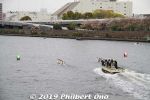
Jul 01, 2019
|
|

Jul 01, 2019
|
|
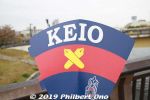
Jul 01, 2019
|
|
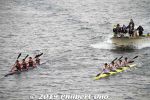
Jul 01, 2019
|
|
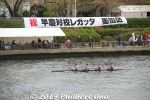
Saw the Waseda-Keio Regatta for the first time on April 14, 2019. It lasts almost all day with numerous men's and women's rowing categories and age groups ranging from jr. high school to senior citizen alumni rowers.Jul 01, 2019
|
|
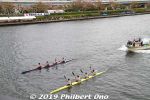
Waseda-Keio Regatta is Japan's most famous collegiate rival regatta, similar to Oxford vs. Cambridge (The Boat Race) in the UK. Waseda and Keio (pronounced "Kay-oh") in Tokyo are two of Japan's most prestigious private universities and a few of their rowers make it to Japan's Olympic rowing team. Jul 01, 2019
|
|
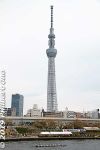
Tokyo Skytree is the backdrop for Sumida River, Tokyo's most famous and storied river. This part of the river is near Asakusa. In mid-April, longtime rivals Waseda University and Keio University hold their annual Sokei Regatta (早慶レガッタ).Sokei Regatta (早慶レガッタ) is the Waseda-Keio Regatta held here on Sumida River. (At Keio University, it's usually called the "Keio-Waseda Regatta.")Jul 01, 2019
|
|

Shitaya Shrine is toward the end of the butsudan road. 下谷神社Sep 27, 2016
|
|

Buddha images for smaller butsudan altars.Sep 27, 2016
|
|

Sep 27, 2016
|
|

Sep 27, 2016
|
|

IncenseSep 27, 2016
|
|

Sep 27, 2016
|
|

Sep 27, 2016
|
|

Mikoshi portable shrines for sale.Sep 27, 2016
|
|

This shop sells Shinto portable shrines you see at festivals.Sep 27, 2016
|
|

A larger Shinto altar or small shrine.Sep 27, 2016
|
|

Household Shinto altar.Sep 27, 2016
|
|

Household Shinto altars are called kamidana. One of the few Shinto altar shops on this road dominated by Buddhist altar shops.Sep 27, 2016
|
|

Shinto altar shop.Sep 27, 2016
|
|

Sep 27, 2016
|
|

Entrance to Kappabashi kitchenware road. The Butsudan-dori road is perpendicular to Kappabashi.Sep 27, 2016
|
|

Sep 27, 2016
|
|

They also sell bigger items used in temples. Such items are typically bought by a temple member who donates it to the temple in memory of someone.Sep 27, 2016
|
|

Seated Buddha statues for the altar.Sep 27, 2016
|
|

Sep 27, 2016
|
|

Memorial tablets for the deceased.Sep 27, 2016
|
|

Notice that the butsudan shops are on the south side of the road so they are shaded from the sun that can damage the butsudan.Sep 27, 2016
|
|

Rosary, incense, and other Buddhist implements are also sold.Sep 27, 2016
|
|

Sep 27, 2016
|
|

Certification seal indicating that it is made in Tokyo.Sep 27, 2016
|
|

Sep 27, 2016
|
|

Sep 27, 2016
|
|

Sep 27, 2016
|
|

Urban areas like Tokyo typically have small homes so the market is for compact, modern butsudan.Sep 27, 2016
|
|

Many of the modern butsudan are made in China and Vietnam, squeezing out the traditional Japanese butsudan craftsmen.Sep 27, 2016
|
|

Most of the butsudan household Buddhist altars you see are compact, modern ones that cost much less than the traditional and ornate butsudan.Sep 27, 2016
|
|

The butsudan road is about 1 km long lined with about 40 butsudan shops. Buddhist altar craftsmen and shops have been here since the Edo Period, serving temples in Asakusa and Ueno.Sep 27, 2016
|
|

Asakusa Butsudan-dori is a road between Tawaramachi Station (Ginza Line) and Ueno Station lined with many shops selling butsudan (household Buddhist altar) and household Shinto altars (kamidana). It is perpendicular to the Kappabashi kitchenware road.Sep 27, 2016
|
|
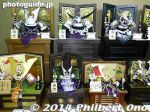
Dolls for Boy's Day in MaySep 08, 2016
|
|
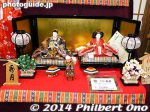
Sep 08, 2016
|
|
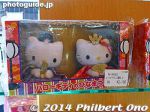
Hello Kitty hina dollsSep 08, 2016
|
|
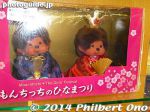
Monchicchi hina dollsSep 08, 2016
|
|
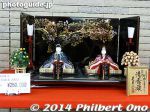
Sep 08, 2016
|
|
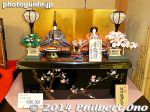
Sep 08, 2016
|
|
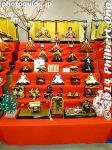
Sep 08, 2016
|
|
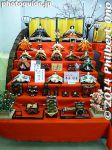
These doll sets can get very expensive.Sep 08, 2016
|
|
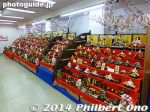
Kyugetsu has a very large selection hina dolls for Girl's Day. The store is busy with rich parents or grandparents out to buy hina dolls for their little daughter or granddaughter.Sep 08, 2016
|
|

Yuzuru Hanyu hina doll in Kyugetsu, Asakusabashi, TokyoSep 08, 2016
|
|
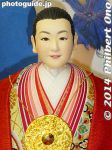
Asada Mao hina doll in Kyugetsu, Asakusabashi, TokyoSep 08, 2016
|
|
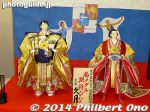
Another special pair of dolls were of figure skaters Yuzuru Hanyu and Mao Asada who were to appear in the 2014 Winter Olympics in Sochi.Sep 08, 2016
|
|
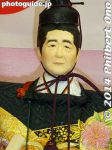
Prime Minister Shinzo Abe Hina doll looks a little sad or disappointed.Sep 08, 2016
|
|
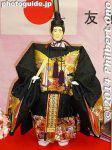
Prime Minister Shinzo Abe Hina dollSep 08, 2016
|
|
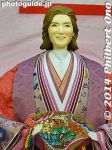
US Ambassador Caroline Kennedy Hina doll. Pretty good likeness.Sep 08, 2016
|
|
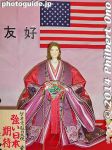
US Ambassador Caroline Kennedy Hina dollSep 08, 2016
|
|
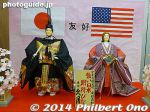
Special edition Japanese Hina dolls (not for sale) depicting Prime Minister Shinzo Abe and US Ambassador Caroline Kennedy to symbolize friendly US-Japan relations.Sep 08, 2016
|
|
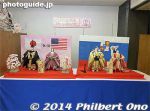
In early 2014, Kyugetsu created and displayed special edition Japanese Hina dolls (not for sale) depicting Prime Minister Shinzo Abe and US Ambassador Caroline Kennedy.Sep 08, 2016
|
|

In early 2014, Kyugetsu created and displayed special edition Japanese Hina dolls (not for sale) depicting Prime Minister Shinzo Abe and US Ambassador Caroline Kennedy.Sep 08, 2016
|
|
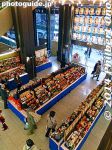
Inside Kyugetsu, a large Japanese doll shop near JR Asakusabashi Station.Sep 08, 2016
|
|
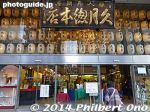
Kyugetsu, a large Japanese doll shop near JR Asakusabashi Station.Sep 08, 2016
|
|
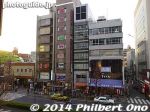
Asakusabashi is easily accessible from JR Asakusabashi Station (seen on the left) on the Sobu Line. Not far from Akihabara.Sep 08, 2016
|
|
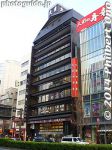
Kyugetsu is a large Japanese doll shop near Asakusabashi Station.Sep 08, 2016
|
|
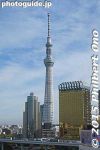
Tokyo SkytreeMar 18, 2016
|
|
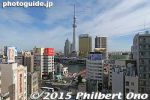
Tokyo SkytreeMar 18, 2016
|
|
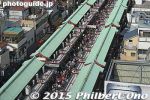
NakamiseMar 18, 2016
|
|
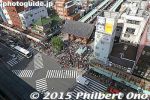
Kaminarimon Gate (big red lantern) and intersection in Asakusa.Mar 18, 2016
|
|
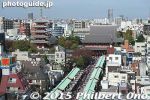
Green roofed Nakamise path to Sensoji temple in Asakusa.Mar 18, 2016
|
|
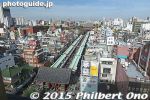
Bird's eye view of Asakusa with Kaminarimon Gate (big red lantern) and Nakamise arcade.Mar 18, 2016
|
|
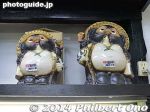
Shiragaki tanuki also commonly displayed at the restaurant entrance.Dec 09, 2015
|
|
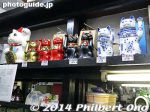
Dec 09, 2015
|
|
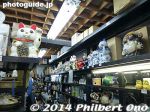
Beckoning catDec 09, 2015
|
|
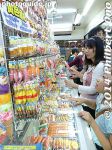
Dec 09, 2015
|
|
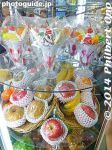
Looks yummy though...Dec 09, 2015
|
|
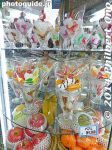
All fakeDec 09, 2015
|
|
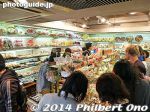
Dec 09, 2015
|
|
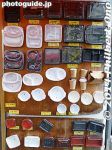
Bento containersDec 09, 2015
|
|
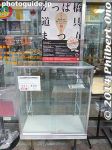
Dec 09, 2015
|
|
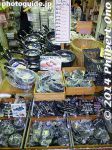
Dec 09, 2015
|
|
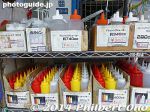
Dec 09, 2015
|
|
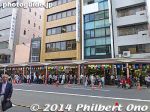
Dec 09, 2015
|
|
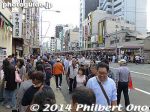
Kappabashi roadDec 09, 2015
|
|
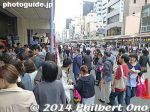
Dec 09, 2015
|
|
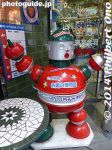
Dec 09, 2015
|
|
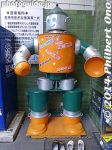
Dec 09, 2015
|
|
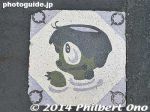
KappaDec 09, 2015
|
|
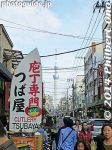
Dec 09, 2015
|
|
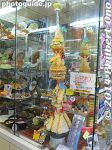
Tokyo Skytree tempuraDec 09, 2015
|
|
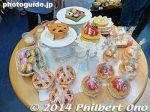
Dec 09, 2015
|
|
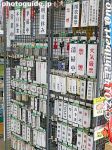
Door signsDec 09, 2015
|
|
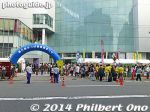
Dec 09, 2015
|
|
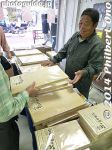
Cutting boardsDec 09, 2015
|
|
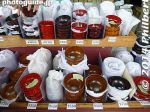
Dec 09, 2015
|
|
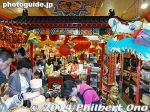
For Chinese restaurantsDec 09, 2015
|
|
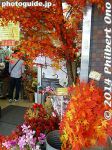
Dec 09, 2015
|
|
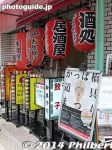
Dec 09, 2015
|
|
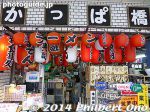
Dec 09, 2015
|
|
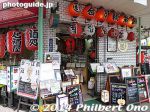
Restaurant signs of all kindsDec 09, 2015
|
|
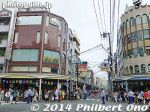
Side streetDec 09, 2015
|
|
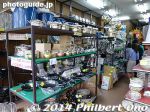
Dec 09, 2015
|
|
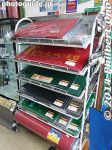
Welcome matsDec 09, 2015
|
|
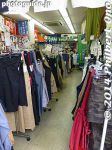
ApronsDec 09, 2015
|
|
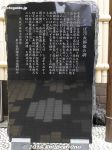
Dec 09, 2015
|
|
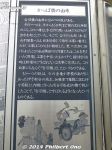
Dec 09, 2015
|
|
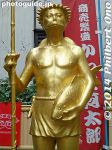
Dec 09, 2015
|
|
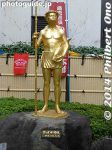
One symbol of KappabashiDec 09, 2015
|
|
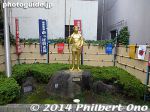
Kappa impDec 09, 2015
|
|
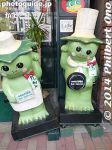
Dec 09, 2015
|
|
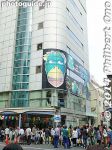
Dec 09, 2015
|
|
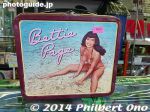
Betty Page lunchboxDec 09, 2015
|
|
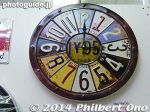
Dec 09, 2015
|
|
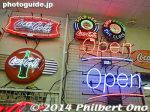
Dec 09, 2015
|
|
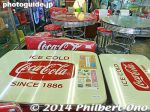
Dec 09, 2015
|
|
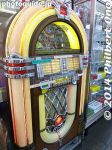
JukeboxDec 09, 2015
|
|
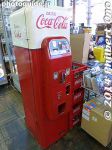
Old American-style dinerDec 09, 2015
|
|
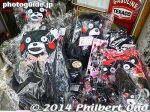
KumamonDec 09, 2015
|
|
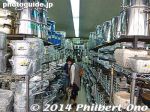
PansDec 09, 2015
|
|
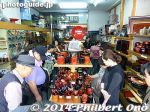
Dec 09, 2015
|
|
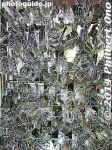
MoldsDec 09, 2015
|
|
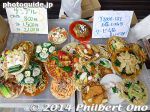
Dec 09, 2015
|
|
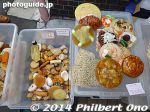
Fake food are popular souvenirs.Dec 09, 2015
|
|
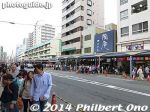
Crowded during the Kappabashi Matsuri.Dec 09, 2015
|
|
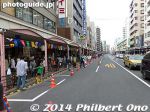
Kappabashi road has kitchenware shops on both sides.Dec 09, 2015
|
|
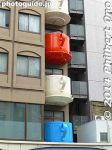
Dec 09, 2015
|
|
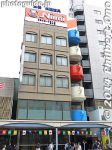
Stairway with cups.Dec 09, 2015
|
|
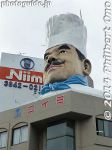
In Oct., it holds the Kappabashi Dogu Matsuri festival. Near Tawaramachi Station on the Ginza Line. Kappabashi entrance is marked by this chef.Dec 09, 2015
|
|
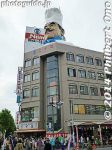
Kappabashi is a road lined with kitchenware shops for restaurants and professional cooks. Tourists are also welcome. Fake food can be bought (and made).Dec 09, 2015
|
|
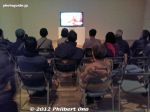
In an adjacent room, they showed a short documentary previously aired by NHK TV. Unfortunately, they did not sell an exhibition catalog unlike in the States where they had one in English for sale (also available at Amazon).With all this interest in Japan, I hope they will be able to show it in more cities here (and in Hawai'i). I'm told that this exhibition in Tokyo is pretty much the same as the one at the Smithsonian American Art Museum in 2010. See their site for more (and clearer) photos of the art works: http://americanart.si.edu/exhibitions/online/gaman/index.cfm Geidai: http://www.geidai.ac.jp/museum/exhibit/2012/gaman/gaman_en.htmApr 23, 2014
|
|
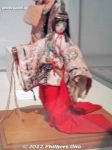
It is obvious that they still had a very strong attachment to Japan and their cultural heritage despite Japan being the "enemy."Apr 23, 2014
|
|
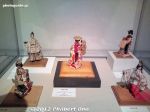
I was surprised to see so many Japanese things made at a time when anti-Japanese sentiment was rampant. Butsudan, chopsticks, geta, swords, and these Japanese dolls.Apr 23, 2014
|
|
|
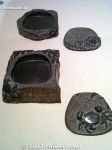
Ink wells made of stone.Apr 23, 2014
|
|
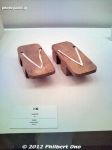
Geta clogs.Apr 23, 2014
|
|
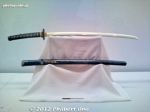
Wooden sword and sheath.Apr 23, 2014
|
|
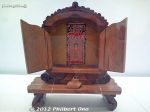
Buddhist altar made with scrap materials. The top roof was made of tree bark. Apr 23, 2014
|
|
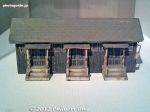
Barrack model made of toothpicks.Apr 23, 2014
|
|
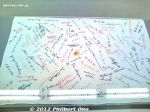
Embroidered signatures.Apr 23, 2014
|
|
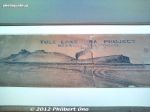
Apr 23, 2014
|
|
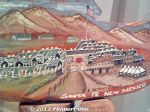
Santa Fe camp on wood. Apr 23, 2014
|
|
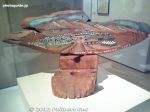
Santa Fe camp on wood. Apr 23, 2014
|
|
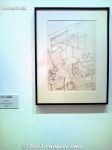
Drawing of a dust storm entering the barracks.Apr 23, 2014
|
|
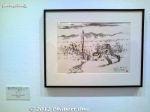
Drawing of someone getting shot by an MP.Apr 23, 2014
|
|
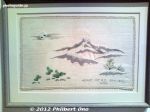
Heart Mountain, Wyoming.Apr 23, 2014
|
|
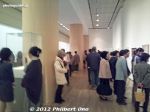
The artist of some of the works was unknown.Apr 23, 2014
|
|

Apr 23, 2014
|
|
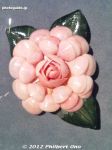
Brooch made of small shells. Shells were found when they dug into the ground. Apparently, the desert was once covered by ocean.Apr 23, 2014
|
|
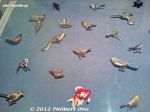
One glass case showed these brooches made of shells. Apr 23, 2014
|
|
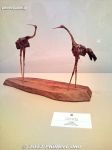
Pair of cranes made of scrap wood. There were other wooden sculptures of a lion, cow, snake, and boar, all from scrap wood.Apr 23, 2014
|
|
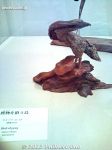
Created with scrap wood.Apr 23, 2014
|
|
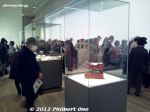
Apr 23, 2014
|
|
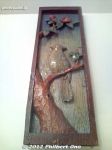
Apr 23, 2014
|
|
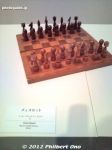
ChessApr 23, 2014
|
|
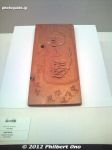
Apr 23, 2014
|
|
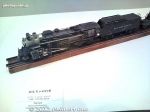
Toy train made of scrap metal. In the front is a caster wheel, perhaps from a chair.Apr 23, 2014
|
|
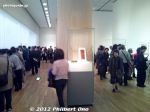
The exhibition drew large crowds in Tokyo.Apr 23, 2014
|
|
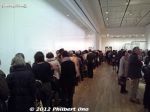
They used whatever scrap materials they could find to create these very imaginative and intricate works of art. "Gaman" basically means "to endure hardship."I wonder why the exhibition's Japanese title does not use the word "gaman." It instead uses the word 尊厳 (songen) which means dignity. Apr 23, 2014
|
|
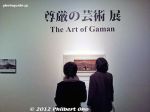
"The Art of Gaman" is an exhibition of art and crafts created by Japanese Americans incarcerated in Japanese internment camps in the US during 1942-46.Apr 23, 2014
|
|
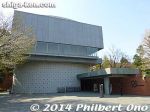
University Art Museum is part of the Tokyo University of the Arts (Geidai), one of Japan's most venerated art universities.Apr 23, 2014
|
|
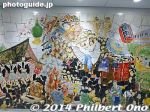
Mural of Asakusa festivals at Asakusa Station.Apr 17, 2014
|
|
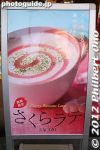
Sakura latte only during cherry blossom season.Jan 23, 2013
|
|
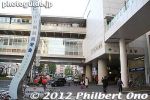
Jan 23, 2013
|
|
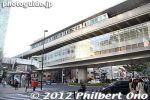
JR Nippori Station.Jan 23, 2013
|
|
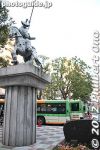
Jan 23, 2013
|
|
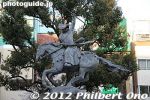
Statue of Ota Dokan who built Edo Castle in the 15th century and thus founded Tokyo. in front of JR Nippori Station east side.Jan 23, 2013
|
|
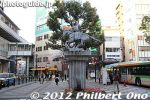
In front of JR Nippori Station east side is a statue of Ota Dokan who built Edo Castle in the 15th century and thus founded Tokyo.Jan 23, 2013
|
|
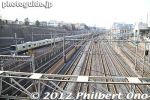
JR Nippori Station.Jan 23, 2013
|
|
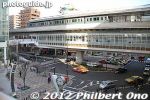
JR Nippori Station.Jan 23, 2013
|
|
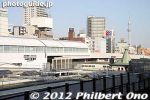
Yanaka Cemetery is a short walk from JR Nippori Station.Jan 23, 2013
|
|
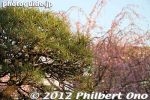
Jan 23, 2013
|
|
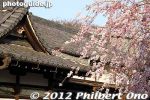
Jan 23, 2013
|
|
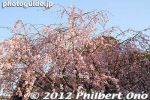
Jan 23, 2013
|
|
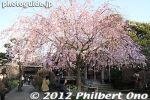
Tennoji temple also has this crowd-pleasing weeping cherry tree.Jan 23, 2013
|
|
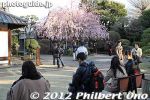
Tennoji temple.Jan 23, 2013
|
|
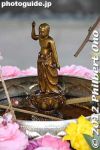
Pour sweet tea over the statue of a baby Buddha at Tennoji temple in Yanaka Cemetery, Tokyo.Jan 23, 2013
|
|
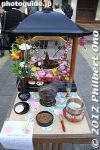
Altar for Hana-matsuri or Buddha's birthday at Tennoji temple in Yanaka Cemetery, Tokyo.Jan 23, 2013
|
|
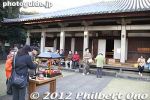
I visited on April 8, 2012. April 8 is Hana-matsuri or Buddha's birthday at Tennoji temple in Yanaka Cemetery, Tokyo.Jan 23, 2013
|
|

About the seated Buddha statue.Jan 23, 2013
|
|
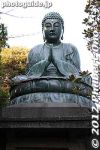
Seated Buddha statue at Tennoji temple in Yanaka Cemetery, Tokyo.Jan 23, 2013
|
|
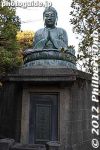
Tennoji temple also had an outdoor statue of the Buddha.Jan 23, 2013
|
|
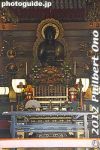
Tennoji temple's Buddha.Jan 23, 2013
|
|
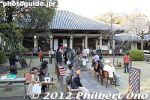
Jan 23, 2013
|
|
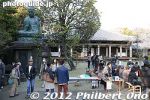
Tennoji templeJan 23, 2013
|
|

About Tennoji temple.Jan 23, 2013
|
|
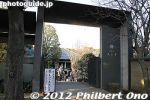
Gate to Tennoji temple, the original owner of Yanaka Cemetery. 天王寺Jan 23, 2013
|
|
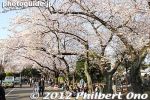
The main drag was the sando path to Tennoji temple.Jan 23, 2013
|
|
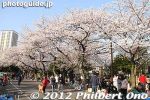
Jan 23, 2013
|
|

Photo of the pagoda at Yanaka Cemetery before it was torched by suicide lovers in 1957.Jan 23, 2013
|
|
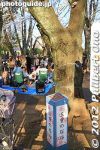
Marker showing the location of the pagoda.Jan 23, 2013
|
|
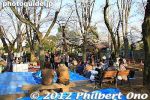
Around halfway down the main drag is this small clearing. This was where a five-story pagoda was. It was destroyed by fire in 1957 by arsonists.Jan 23, 2013
|
|
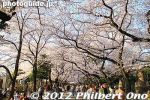
Jan 23, 2013
|
|
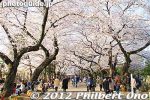
Yanaka Cemetery cherry blossoms, Tokyo.Jan 23, 2013
|
|

Public toilets and trash.Jan 23, 2013
|
|

Rules for flower viewers. No fires and take home your trash.Jan 23, 2013
|
|
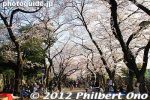
Jan 23, 2013
|
|
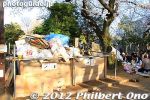
Trash piles up during cherry blossom season when many people have flower-viewing (hanami) picnics.Jan 23, 2013
|
|
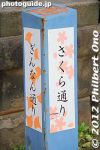
The main drag is nicknamed "Sakura-dori" meaning Cherry Blossom Road.Jan 23, 2013
|
|
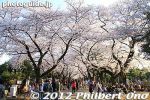
Jan 23, 2013
|
|
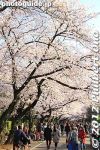
Jan 23, 2013
|
|
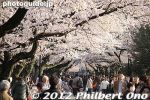
Jan 23, 2013
|
|
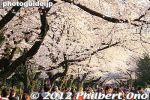
Jan 23, 2013
|
|
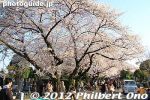
This is the main drag.Jan 23, 2013
|
|
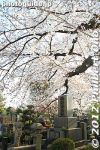
Jan 23, 2013
|
|

Jan 23, 2013
|
|
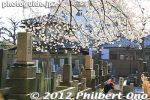
It is also famous for cherry blossoms along the main drag in the middle of the cemetery. Near JR Nippori Station.Jan 23, 2013
|
|
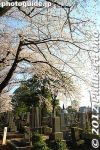
Other famous people buried at Yanaka Cemetery include Hisaya Morishige, Eiichi Shibusawa, Yokozuna Dewanoumi, and Taikan Yokoyama.Jan 23, 2013
|
|
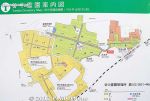
Map of Yanaka Cemetery. The graves of the Tokugawa shoguns are walled off and off limits to the public. The main drag cuts through the green section on this map.Jan 23, 2013
|
|
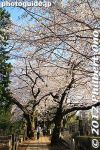
Yanaka Cemetery (Yanaka Reien in Japanese) is one of Tokyo's major cemeteries where fifteen Tokugawa shoguns (including Yoshinobu, the last shogun), some daimyos, and famous people are buried.Jan 23, 2013
|
|
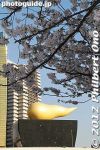
Asahi Beer sculptureJan 22, 2013
|
|
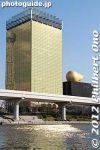
Jan 22, 2013
|
|
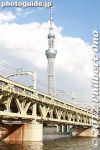
Jan 22, 2013
|
|
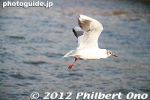
Jan 22, 2013
|
|
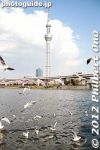
Jan 22, 2013
|
|
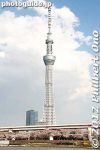
Jan 22, 2013
|
|
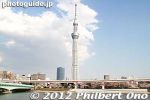
Jan 22, 2013
|
|
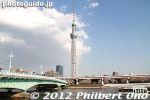
Jan 22, 2013
|
|
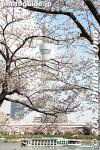
Jan 22, 2013
|
|
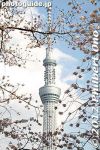
Sumida ParkJan 22, 2013
|
|
|
|